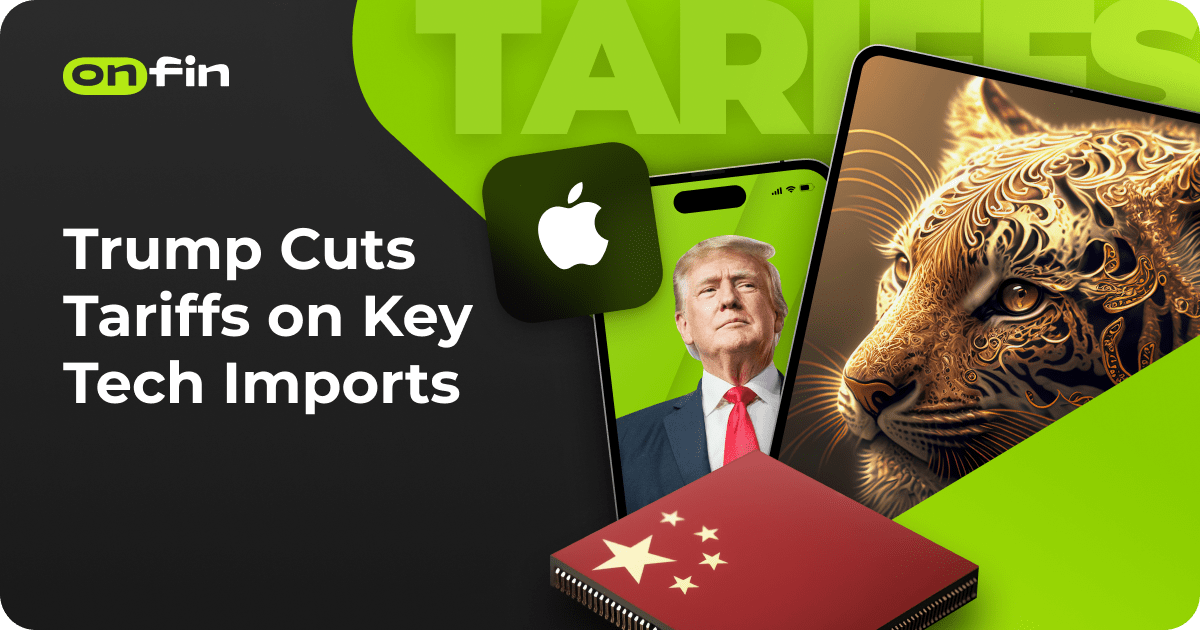On April 11, 2025, the administration of U.S. President Donald Trump officially lifted high import tariffs on a range of electronic goods. The decision primarily affects products imported from China, including widely used consumer electronics such as smartphones and personal computers.
According to a report by Reuters, this move brings significant relief to major American technology companies, such as Apple Inc., which heavily rely on overseas manufacturing and supply chains. Apple, in particular, sources many of its components and assembled products from Chinese factories.
The U.S. Trade Representative’s Office published an official list of the exempted items on Friday. The list includes 20 specific product categories that are no longer subject to additional import duties. The exemptions cover a broad array of technology products.
Among the exempted categories are desktop computers, laptop computers, and disk drives. Devices designed for data processing are also included in the list. Other items now free from tariffs include semiconductors, memory components, and various types of electronic circuit elements.
Flat panel displays were also mentioned among the exempted items. These displays are used in televisions, computer monitors, tablets, and other consumer and industrial devices. The exemptions are expected to reduce costs in the electronics manufacturing sector.
The Chinese government responded shortly after the announcement. In a statement issued by China’s Ministry of Commerce on Sunday, April 13, Beijing said it is closely analyzing the impact of the U.S. decision. The ministry stated that the exemptions appear to be a small step by the United States to correct what China sees as a flawed unilateral tariff policy.
The Chinese statement included a proverb: “The bell tied around the tiger’s neck can only be untied by the person who tied it.” The ministry used the phrase to emphasize that Washington holds responsibility for resolving the ongoing trade tensions.
The Ministry of Commerce urged the U.S. government to adopt a more comprehensive approach to correcting trade imbalances. It called on Washington to reconsider its broader tariff strategy and to take further steps toward eliminating all existing import duties.
The trade dispute between the U.S. and China has involved multiple rounds of tariffs since it began in 2018. Previous U.S. tariffs targeted hundreds of billions of dollars’ worth of Chinese goods. China retaliated with tariffs on American exports such as agricultural products and automobiles.
In recent months, trade negotiators from both countries have resumed contact, though formal talks have not yet been announced. Analysts have noted that tariff rollbacks could influence future trade relations between the two countries.
The latest move by the Trump administration marks a change in the direction of U.S. trade enforcement. The current exemptions may be temporary, as they are subject to review and possible extension depending on economic and diplomatic developments.
Customs officials at U.S. ports were instructed to begin implementing the tariff changes immediately. Importers of the listed goods are now able to bring in shipments without the previous additional charges that had been in place for several years.
The total value of the newly exempted imports has not yet been publicly estimated. However, it is believed that the decision will impact a significant portion of electronics trade between the United States and China.







